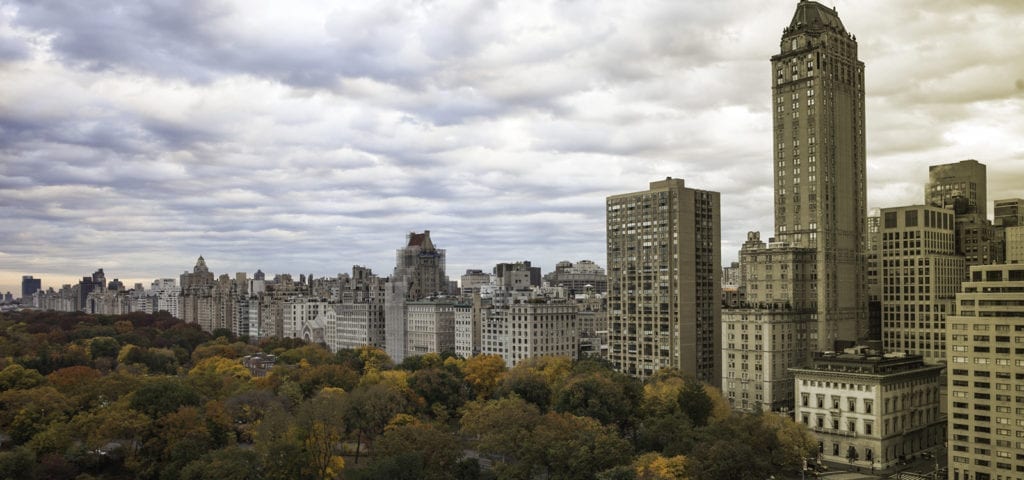New York’s licensed medical cannabis operators are still not profitable and tax revenues are far below the $4 million earmarked in Gov. Andrew Cuomo’s 2016-2017 executive budget, according to a USA Today analysis of Department of Taxation and Finance figures. The state collected $585,000 in medical cannabis excise taxes during the fiscal year on sales of $8.4 million from the state’s five licensed operators.
However, from March to August sales nearly surpassed the previous fiscal year’s numbers, reaching $8.2 million, equating to $574,000 in taxes derived from the 7 percent excise tax. The combined sales tax figures, though, are $1,159,000 – still well below the state’s estimates.
The sales spike is likely due to officials expanding the program to include chronic pain patients in May, which led to a 77 percent growth in the patient count. The expansion, however, did not alter the program to allow smokeable, flower products.
According to the USA Today analysis, the average New York medical cannabis consumer buys about $200 worth of products monthly, which, in August, breaks down to about 10,000 active customers – or about a third of the state’s 31,116 registered patients.
In August, New York opened the state’s industry up to five more licensees, bringing the total number of operators to 10. When the state made their intentions to allow more operators public, the proposal drew criticism from the current licensees.
At that time, Jeremy Unruh, general counsel of PharmaCannis, said that while the program “is and ought to be about patients,” the company was “terrified” about the expanded licensing plans.
Ari Hoffning, CEO of Vireo Health of New York, warned that adding producers would be “financial devastation” for both new and existing operators. He told USA Today that “no organization has made even a penny in profits” since the program’s launch.
“No business could incur operating losses in perpetuity,” he said in the report. “That’s not a business, that’s a non-profit organization. That’s not how this market was structured.”
According to the report, counties who host medical cannabis businesses are also not realizing the revenue they anticipated. Broome County estimated they would see $850,000 in revenues from the industry; instead, they saw just $1,711 in 2016 and officials indicate they are not including revenues in their upcoming budget.
Westchester County, which has two dispensaries, received significantly more – in 2016 they received $12,000 and $18,000 so far this year, county spokesman Gerald McKinstry said. Ulster County, which hosts one dispensary, received $3,800 in 2016 but has seen that figure nearly triple through the first half of this year to $12,000, finance commissioner Burt Gulnack told USA Today. In Monroe County, which has a $1.2 billion budget, Spokesman Jesse Sleezer estimated cannabis industry revenues derived from its manufacturing and dispensary facilities have reached between $70,000 and $80,000 since the program’s launch.
